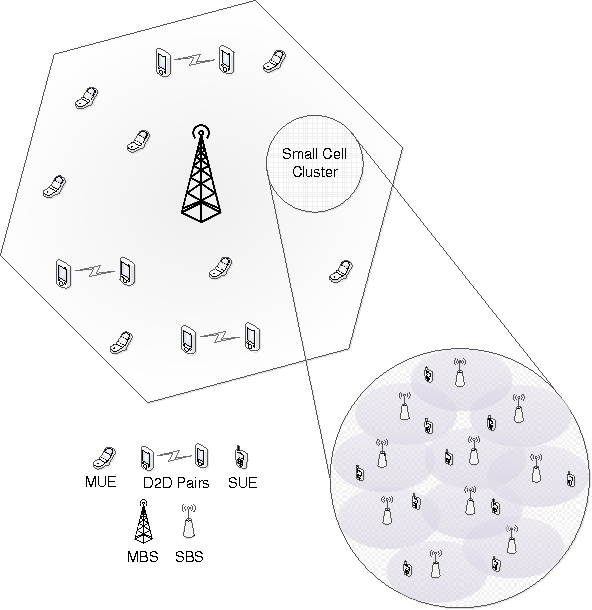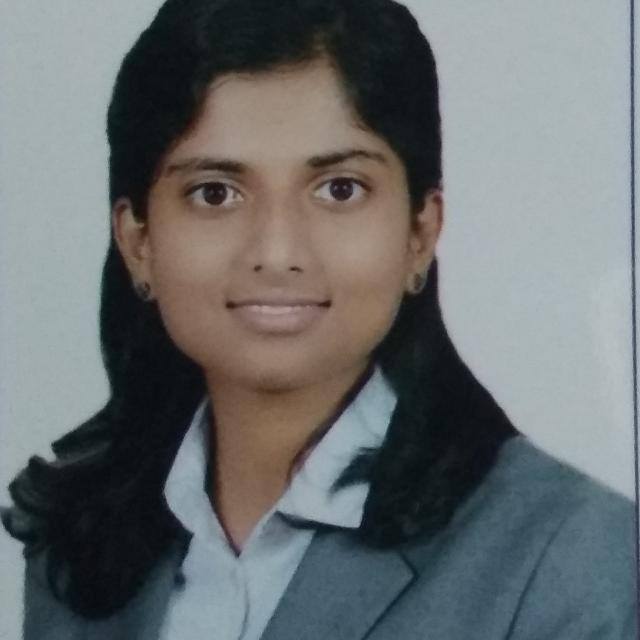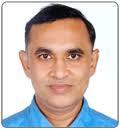Sajal K Das
Department of Computer Science, Missouri University of Science and Technology, Rolla, MO
Sajal K. Das is a professor of computer science and Daniel St. Clair Endowed chair with the Missouri University of Science and Technology. His research interests include theory and practice of wireless sensor networks, cyber physical systems, smart environments (smart city, smart grid and smart health care), distributed and cloud computing, big data analytics and IoT, cyber-physical security, biological and social networks, applied graph theory and game theory. He has published extensively in these areas with more than 700 research articles in high quality journals and refereed conference proceedings. He holds 5 US patents and coauthored 4 books. His h-index is 78 with more than 25,000 citations according to Google Scholar. He is a recipient of 10 Best Paper Awards and numerous awards for teaching, mentoring and research including the IEEE Computer Society's Technical Achievement Award for pioneering contributions to sensor networks and mobile computing. He serves as the Founding editor-in-chief of the Pervasive and Mobile Computing Journal, and as associate editor of the IEEE Transactions of Mobile Computing and the ACM Transactions on Sensor Networks . He is a fellow of the IEEE.





